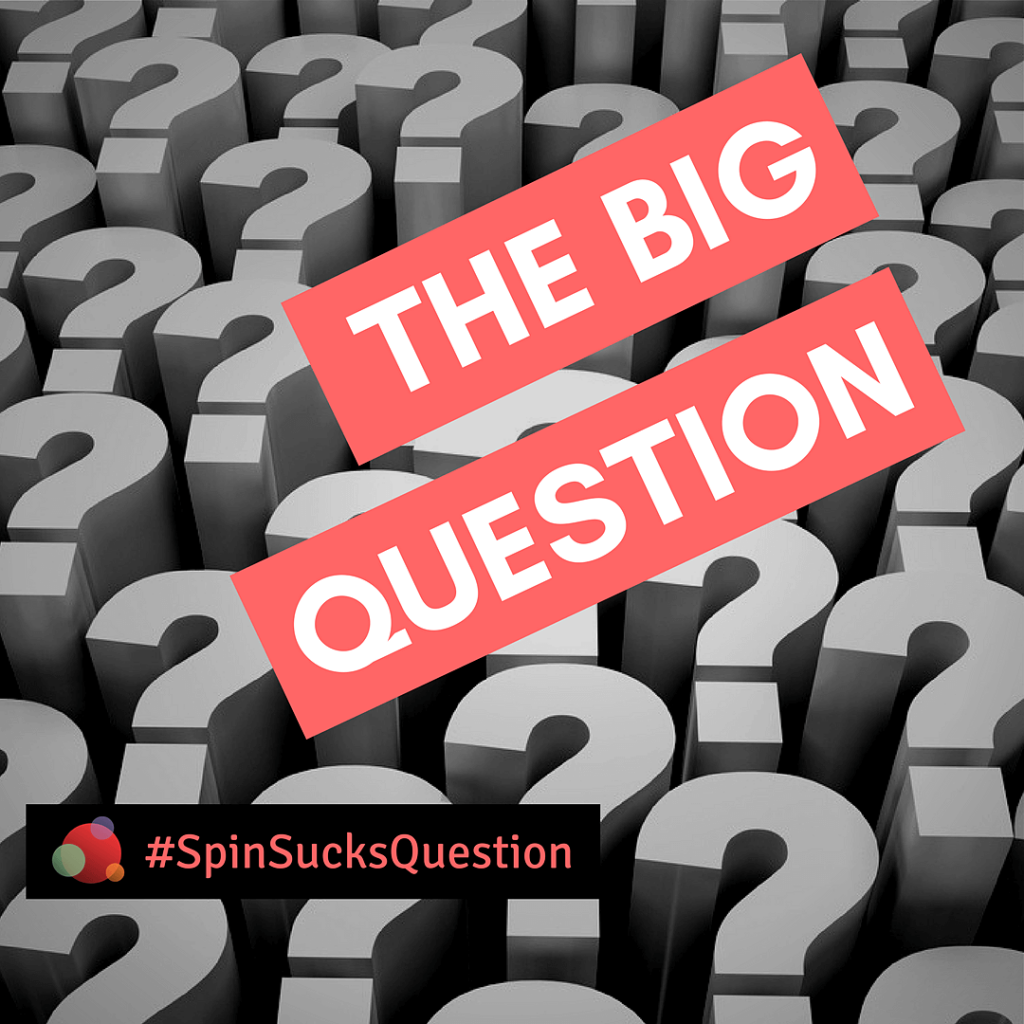 Although conferences and trade shows are primarily used for lead generation, they present unique PR opportunities.
Although conferences and trade shows are primarily used for lead generation, they present unique PR opportunities.
When else will you have a large group of customers, prospects, and industry influencers all under one roof?
But to make the most of the opportunity, you need to plan ahead.
We asked PR pros to share their best tips for getting more mileage out of their trade show participation.
Here’s what they said.
Get on Attending Journalists’ Calendars in Advance
Rosemary O’Neill schedules on-site journalist meetings in advance of the show:
My trade show tip is to schedule in-person sit-downs with journalists prior to the show, so you’re on their calendar in advance. They will get barraged during the event.
Jenny Kincaid agrees with Rosemary:
I would schedule as many interviews as possible prior to the show then offer them some kind of exclusive once they arrive.
How about targeting Twitter users within a specific mile radius, monitoring specific keywords and hashtags related to the trade show?
By responding to the activity around you, you’re able to control the conversation and drive traffic to your specific booth, and generate conversations around what you want to talk about.
Facebook live for sure. Get video testimonials from people and tell them you’ll be posting it to your social media channels so they will need to check back within 24 hours.
Renee Reijers doesn’t wait for the trade show to being to get her coverage locked in:
Ideally the trade show is part of your comms strategy, so long before the trade show you can create content which ties your presence at the trade show to a relevant development or news.
Organize one or two interviews with trade media a week before the show, so they have a story for their medium ready at day one, which you can use for your own content.
If the trade show is focused on products announce a new product or an update at the show, organize demos and reserve slots for journalists. Otherwise your demo people might be fully booked.
Do nots: Start preparations one week before the trade show. It will take too much time, potentially create friction with other departments and results will be poor unless you have amazing news.
Create Unique Content On-Site
Howie Goldfarb makes the most of content creation opportunities at trade shows:
Trade shows offer a lot of live streaming opportunities.
You can stream demos at your booth. Interview customers and your own company experts. You can walk the show with viewers.
But you must do heavy promoting prior via direct marketing (email, social direct sales) and paid ads such as in trade pubs or trade show pubs/collateral.
Too many businesses announce on social ‘we are live’ without prior promo and wonder why there are no viewers.
Make Your Booth the Must-Visit Stop at Trade Shows
Nicole Delorme shares how to make your booth central to your trade show PR buzz:
Trade shows are similar to Halloween.
Each booth resembles a house handing out delicious treats to children in costumes. Except the ‘children’ are your potential consumers.
If you want to gain PR buzz during a trade show then it’s a good idea to offer giveaways such as branded hats, shirts, pens, and notebooks.
People love free stuff. So the more they see other people with items from your booth, the more likely they are to stop by.
Each person becomes a mini ambassador for your brand.
Generating media coverage during a trade show means you have to get attention. Giveaways are a strategy that does just that.
It Takes a Village
Grace Williams shares the importance of PR integrating with the marketing team to ensure all bases are covered:
Trade show success can be somewhat like an iceberg.
Ninety percent of the work that goes into it is hidden from the public eye—that other 10 percent comes into play the day of the event.
One member of your team should be plugged into what’s happening online.
Who is announcing new products? What products are being covered by the media? How many pieces of coverage do your products have thus far?
Find out who is writing stories, and reactively pitch your company’s news for inclusion.
Another member should be present at the show.
Their main focus will be keeping an eye out for scheduled meetings, and ensuring media leaves with the perfect sound byte or product demo.
Mark down those meetings that did not show, and reach out to them when you get back to your hotel room to reschedule for the next day.
Also—keep an eye out for journalists walking by your booth, even if you don’t have a meeting scheduled with them.
If they’re a fit (and especially if they have a camera) draw them in and introduce them to your team.
Next Week’s Question: How to Identify Influencers
Influencer marketing is a hot topic right now.
Unfortunately, much of the conversation centers around paid celebrity endorsements, which is more paid media than it is influencer marketing.
Effective influencer marketing requires finding people your audience trusts when it comes to making purchase decisions.
But finding these true influencers can be hard.
That’s why next week’s Big Question is:
What are your tips for identifying the right influencers to partner with for PR activities?
You can answer here, in our Slack community, or on the socials (use #SpinSucksQuestion so we can find you).
If you answer the question and we feature your answer, you get a follow link to your site.
So get to answering!